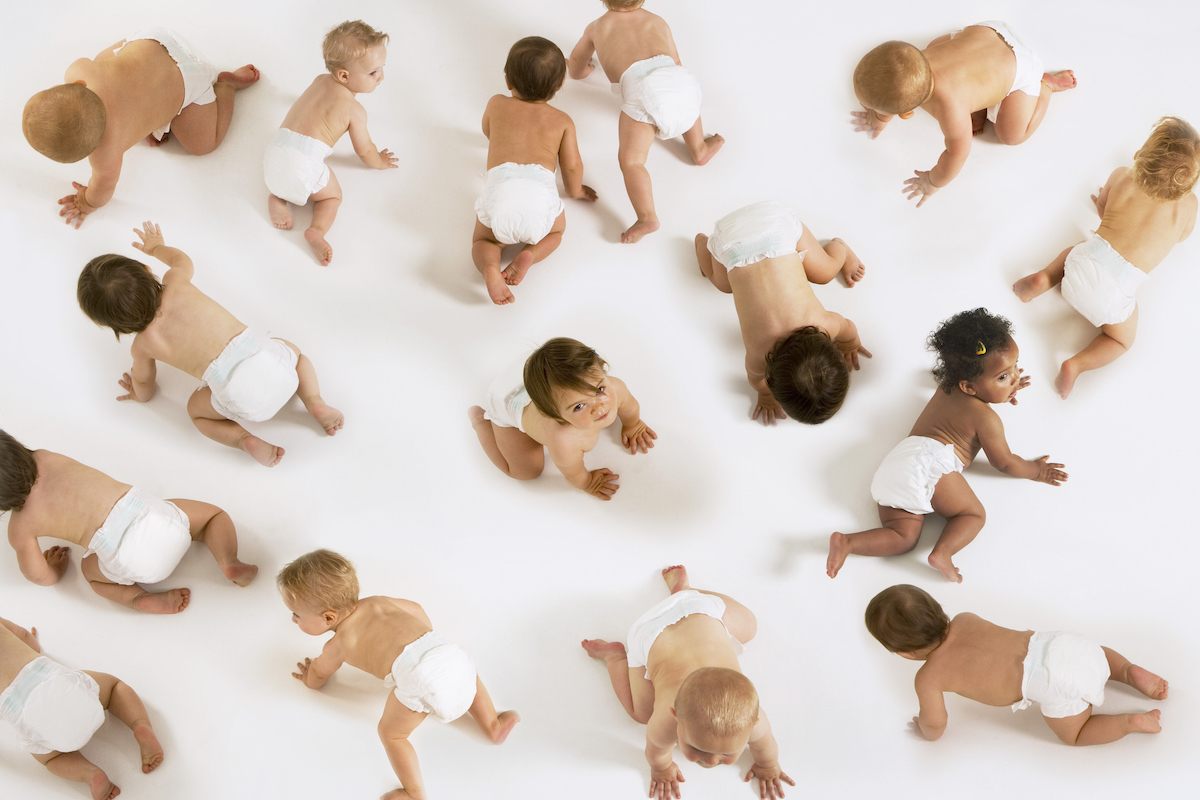You’ve talked in the past about how certain arbitrary cutoffs lead to different treatment outcomes (such as weight cutoffs before starting more aggressive feeding treatment in newborns). In a similar vein, how to read age-risk charts? If I get pregnant at 39 but give birth at 40, which line in the chart on (say) Down syndrome risk applies to me? Which subset of data should I be using to make decisions with? Thanks!
—Living on the Edge (of the Chart)
Generally, I dislike cutoffs in medicine. There are almost no situations in which a strict cutoff is actually meaningful, but they can take on a life of their own. The “over 35” fertility idea is a great example here — there is no falloff in fertility at 35. You’re less fertile at 35 than 34, less at 34 than 33, and so on, but 35 isn’t a cliff.
The graph below shows estimated Down syndrome risk by age from one of several papers that could be used to estimate this. There are a few notes here. First, these are estimates, based on models. Researchers who look at this take large data sets that have counts of Down syndrome births by maternal age, and they fit a model to the data. There are many of these, and they largely agree (although there is some disagreement about whether risk continues to increase at the oldest maternal ages).
These models are based on the mother’s age at birth — so if the age at time of birth is 40, you’d use the 40 bar. But because these are models, the data is smoothed out. So if you’re at the younger end of 40, you’re closer to the level of 40 than 41. But to be realistic: this doesn’t matter very much, since the levels are very close. There isn’t a switch to a new risk level when you turn 40! So use the chart wisely as an estimate, not as a rule.
Community Guidelines















Log in